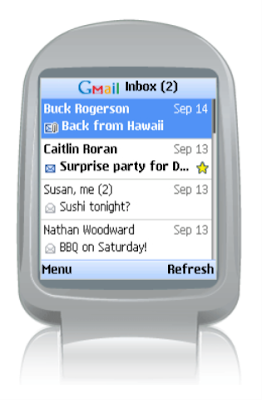
Google’s game-focused advertising initiative is going to come to life later this month. Google, which bought in-gaming advertising company,
AdScape, earlier this year for about $23 million, will unveil its game-focused strategy in two steps.
The main advantages for publishers according to Google are:
Join a network tailored for web-based games: Google has focused on building a network and ad technology specifically for games played within the browser.
Build a business model while respecting your users: Independent research has shown that most users do not have a negative opinion of in-game advertising and will watch video ads exchange for free game play. As the publisher, you control where and when your ads show, whether it’s before, within, between, and/or after game play.
Access campaigns from the world’s top brands: Top brands like McDonalds, Esurance, Wrigley’s, Kohl’s, and more have already run campaigns in the Google network. See our current success stories.
Fill up to 100% of your remnant inventory: In addition to campaigns which Google’s sales force sells directly to top brands, you can receive contextually targeted image and text ads which are targeted based on various content and demographic signals.
Filter out unwanted ads: Google combines filtering technology, an editorial team, and your input to create a robust set of filters that are right for you. In addition, publishers can filter ads from partners with whom you have exclusive relationships, or competitive ads you may want to block.
And for marketers:
Extend the reach of your video ads: Re-purpose your spots or create new ones, and they'll appear before, within, between, or after game play.
Drive your brand: In-game ads have been shown to drive brand familiarity and consideration by significant percentages and have the option for custom sponsorships and integrations: In addition to the media buy you make directly with Google, your Google sales representative can connect you directly with publishing partners for deeper integrations.
Reach the new generation of social gamer: The face of online gaming is changing to include users of all ages, backgrounds, and interests. Get your brand in front of users on the largest social networks, including MySpace, Facebook, and sites across the web.
Engage the user while respecting the user: Third party research confirms online gamers don't mind in-game ads as long as they're relevant and conveniently placed.
Combine your campaign in games with one in video: Build an integrated in-video and in-game campaign, adding unequaled opportunities for scale in the #1 and #2 media which users are consuming.
 Salesforce.com is set to announce that it is connecting its Force.com development platform with Google's App Engine.
Salesforce.com is set to announce that it is connecting its Force.com development platform with Google's App Engine.





































